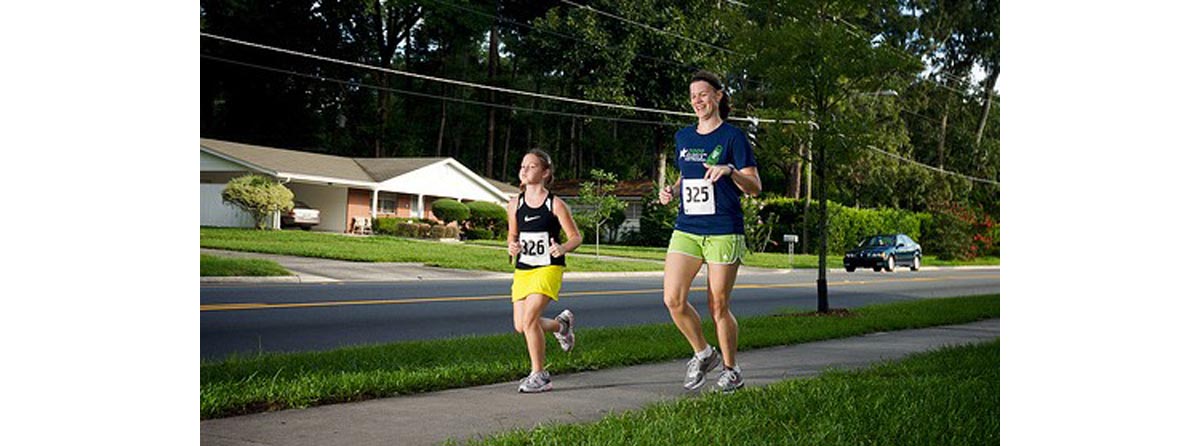Table of Contents
This basically depends on whether it’s currently painful, or likely to cause problems in the future. Because so many of these developmental changes will resolve on their own with time, it’s often best to adopt a ‘watch and wait’ policy. In other words keep an eye on it yourself and take your child for annual check-ups with a podiatrist to monitor the situation.

Some of the positions mentioned earlier are excessive in the early years having resulted from the baby’s cramped position in the confines of the uterus (womb). But again, usually they just take time to unravel themselves and are not a cause for concern.
Also, children that habitually sit on the floor with their legs bent into a ‘W’ position often have internal rotation of the hips, so that the knees tend to face each other. If this condition persists into the teenage years it can cause knee pain which definitely requires consultation with a healthcare professional as if necessary it can be treated with surgery.[2]
Painful conditions always need investigation
But obviously any child with painful feet or legs must be taken to a podiatrist or doctor, for thorough investigation and treatment. It is not unusual for rapidly-growing children to have fleeting aches – often called ‘growing pains’ – but sustained or frequent pains should always be investigated.
To treat or not to treat
This frequently includes excessive pronation which means that during the gait cycle (walking pattern) the child rolls their foot inwards, with lowering of the arch. Pronation is a normal part of the gait cycle, but when prolonged or at the wrong time in the cycle, it can cause problems. It may be associated with abnormalities such as bunions (enlargement of big toe joint).[3]
The difficulty in assessing these things in children is that their joints are so flexible they can often withstand such abnormalities without any untoward effect. And currently it is not known whether correcting these abnormalities in children prevents problems in adulthood.
Are there any danger signs to look out for?
If you or your child is bothered by anything which looks abnormal it is wise to have it checked out by a healthcare professional. As well as anything which is persistently painful, it is obvious that any difficulties in walking must be investigated.
Episodes of tripping and clumsiness are usually just a passing phase, caused by stages of development. But if excessive, prolonged or causing your child distress, you should take them to a physician or podiatrist.
Any strange lumps or bumps also need investigation as do any strange feelings such as pins and needles or numbness, which suggest neurological (nerve problems).
If in doubt, seek help.
- Photo courtesy of Paul Scott by Flickr : www.flickr.com/photos/paulscott56/5950124360/
- Photo courtesy of chuckwaters83 by Flickr : www.flickr.com/photos/monstarmike/4760181251/


Your thoughts on this